Rotorua & Taupo
This is Rotorua geysers, steaming hot water and boiling mud
pools the thermal area of New Zealand. Located in the heart of
the North Island of New Zealand, Rotorua is perhaps best
known for its awesome geothermal activity. Convulsive volcanic
activity thousands of years ago shaped a fascinating landscape
that has held an irresistible attraction for visitors for the past 150
years. This wonderland of nature houses New Zealand's greatest
concentration of geothermal activity. all lying on the city's
doorstep
Boiling Mud Pool------------------------------------Geyser Kakahi hot water falls Mt Tarawera Artists impression The eruption of mount Tarawera was the most recent of numerous volcanic events in the
Rotorua region over the last 20,000 years. It destroyed the famous ?Pink and White
Terraces? and buried Te Wairoa and two smaller villages under hot, heavy ash and
mud. More that 150 lives were lost. Violent and unexpected the eruption of Mt Tarawera in
the early hours of June 10th, 1886, was New Zealands greatest natural disaster, for more
than four terifying hours rocks, and boiling hot mud bombarded the peaceful
village, the firy glow in the night sky and the thunderous sound of the explosions were
seen and heard as far away as Auckland, In the gloom of the day the wreckage of the
hotels and houses and the burial of more that 5000 acres of scenic countryside brought
awe and dismay to rescuers. Cathedral Rock
Hot Water Lake Boiling Pool-------------------------------Boiling mud pool Lake Tarawera
Taupo Lake Taupo is New Zealands biggest lake and is located in the heart of the volcanic
region of the North Island. The lake is peaceful and serene and is one of the best Trout fishing spots in the world.
Lake Taupo is actually the scene of one of the worlds two biggest volcanic eruptions and it
explodes on average once every 2000 years. The volcano last erupted in the year 186
and actually blew its top to form the lake that we see today.
The eruption of 186 AD was approximately 100 times the magnitude of
the Mt St Helen's eruption and is regarded as the biggest in the last 5000 years. So big
was this eruption that the bang was recorded in China and they also noted brilliant red
sunsets for 6 months, the Romans also noted the sunsets. If the eruption were to
happen today it could easily decimate the central North Island and that area is
populated by 200,000 people


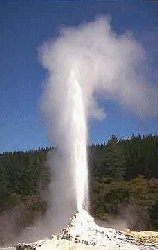
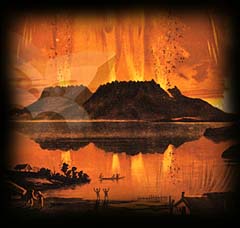

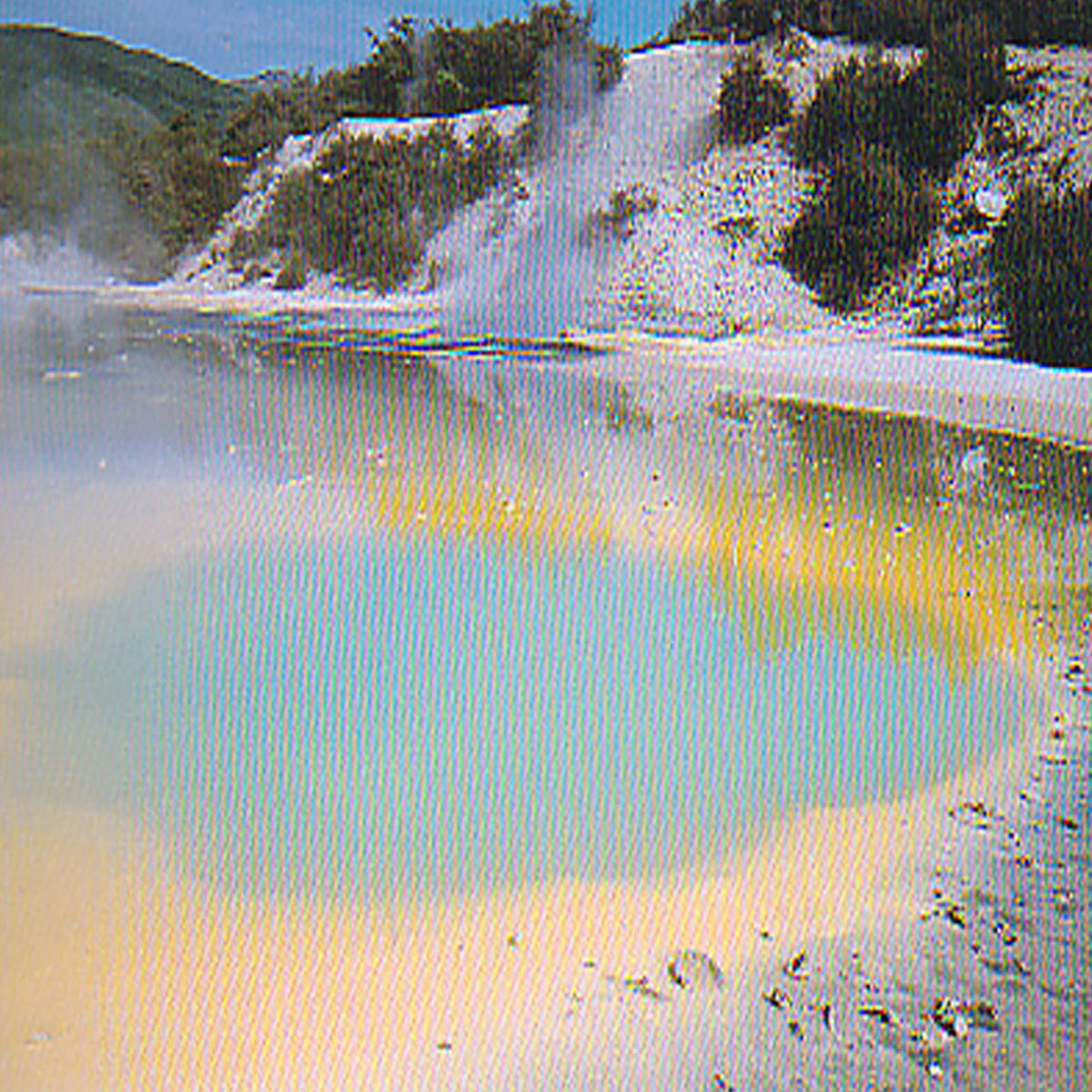

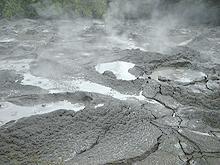
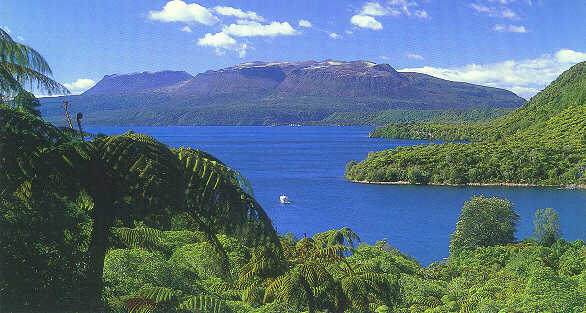
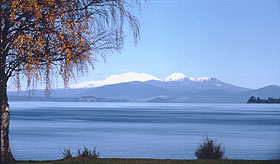
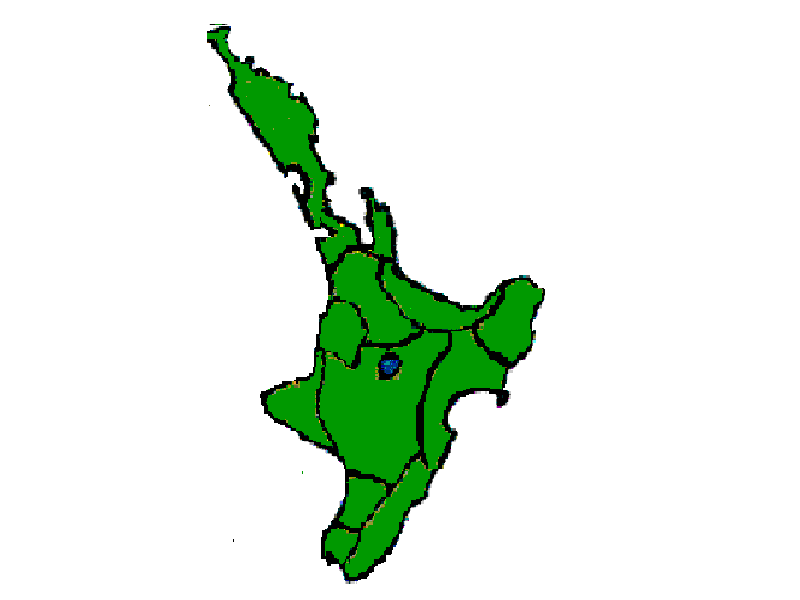
Home-----
Back-----
Next